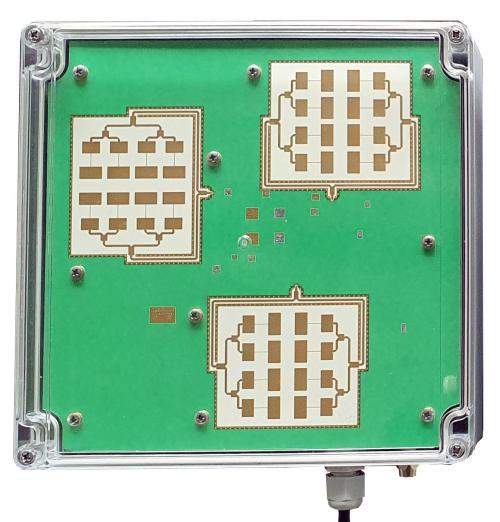These two Ku-band FMCW Radar sensors sR13-12VHe and sR17-12VHe the Developer-Kits DK-sR13-12VHe and DK-sR17-12VHe are designed for high accuracy distance measurements. The sensors provide an adjustable bandwidth up to 2 GHz. Transmit and receive antennas are designed for linear horizontal (H) and vertical (V) polarization, which enables the characterization of material properties. The radar has been designed for snow and ice parameter and thickness measurements. The user has access to internal radar results via an advanced data interface.
The radar sensors are a customized development for Sherbrooke University in Quebec, Canada, especially the department of Applied Geomatics. The devices will be used to support the scientific characterization of snow and ice in polar regions. The GRIMP research group (Groupe de Recherche Interdisciplinaire sur les Milieux Polaris) plays a central role in this project. In the past, the research team led by Prof. Alexandre Langlois had already successfully applied the 24 GHz sR-1200e radar sensor to measure snow and ice thickness (see photos below). Comprehensive papers and theses were published on this topic (see list below). The sensors that have now been implemented in the Ku-band are part of a study to realize airborne and satellite missions for remote sensing of polar regions (e.g. CryoSAR).
The radar modules enable a bandwidth of up to 2 GHz. This corresponds to a range resolution of 7.5 cm. Each device has one transmit (Tx) and two receive (Rx) antennas with linear polarization, whereby the Rx antennas have co- and cross-polarization to the Tx antenna. This allows the polarization properties of the exposed materials to be evaluated and, in particular, the electro-magnetical characteristics of snow and ice to be investigated. The RF output power is adjustabe between 10 and 30 dBm EIRP and temperature stabalized for environmental temperatures from -40°C to +30°C for precise and reliable radar measurments.
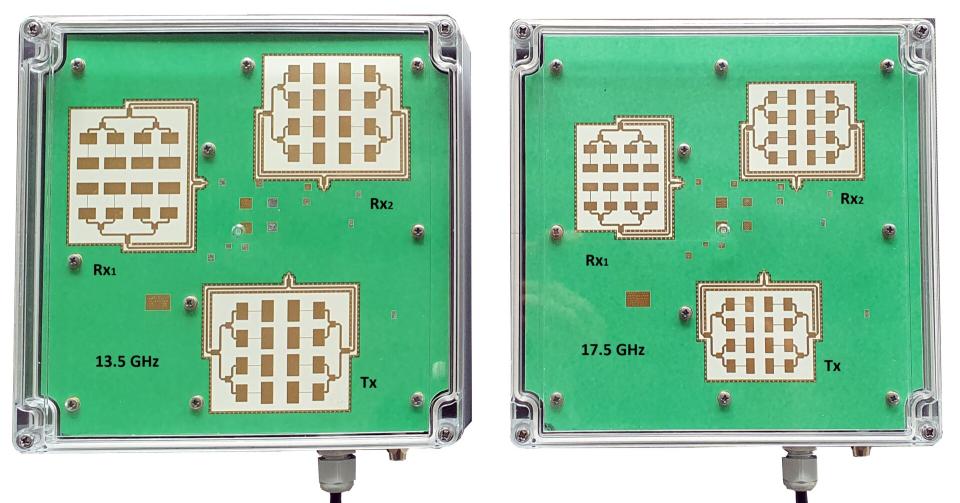
13.5 GHz and 17.5 GHz FMCW Radar Sensors with Vertical (V) and Horizontal (H) polarized Patch Antennas
| MAIN FEATURES | |
| Radar Method, Modulation | FMCW |
| * Operating Frequency Band (13.5 GHz) | 13.5 GHz, 12.5 to 14.5 GHz |
| * Operating Frequency Band (17.5 GHz) | 17.5 GHz, 16.5 to 18.5 GHz |
| Tx/Rx Channels | Tx (H), Rx1 (V), Rx2 (H) |
| EIRP, Tuning Range | 30 dBm, 10 to 30 dBm (Temperature stabilized) |
| Data Interfaces | (e) Ethernet |
| Antenna Type, Polarization | Integrated Patch Antennas, Linear Vertical + Horizontal |
| Azimuth (3 dB Beam Width) | 25° (approx.) |
| Elevation (3 dB Beam Width) | 18° (approx.) |
| Antenna Gain | 17 dBi (approx.) |
| Operation Voltage | +24 V DC (20 V to 28 V) |
| Operation Power | typ. 8 W |
| Housing Dimensions (L x W x H) | 190 x 190 x 55 mm |
Data Sheet DK-sR13-12VHe
Data Sheet DK-sR17-12VHe
Find more Ku-, K- and Ka-Band Radar Sensors with Dual-Polarization: Ku-/K-/Ka-Band Radar
(13.5 GHz, 17.5 GHz, 24 GHz and 35 GHz)
Measurement Campaign with 13.5 and 17.5 GHz Radar
Alexandre Langlois: "Deployment of IMST dual-Ku FMCW radar in the field. Photo taken from the Groupe de Recherche Interdisciplinaire sur les Milieux Polaires (GRIMP) at the Université de Sherbrooke. Photos taken from the Ikaluktutiak community in Nunavut, Canada. The work presented on the photos are work to quantify the sensitivity of the radar to snow microstructural and bulk properties. Those measurements are part of the calibration-validation effort of the Canadian Terrestrial Snow Mass Mission satellite mission concept." Feb. 2025
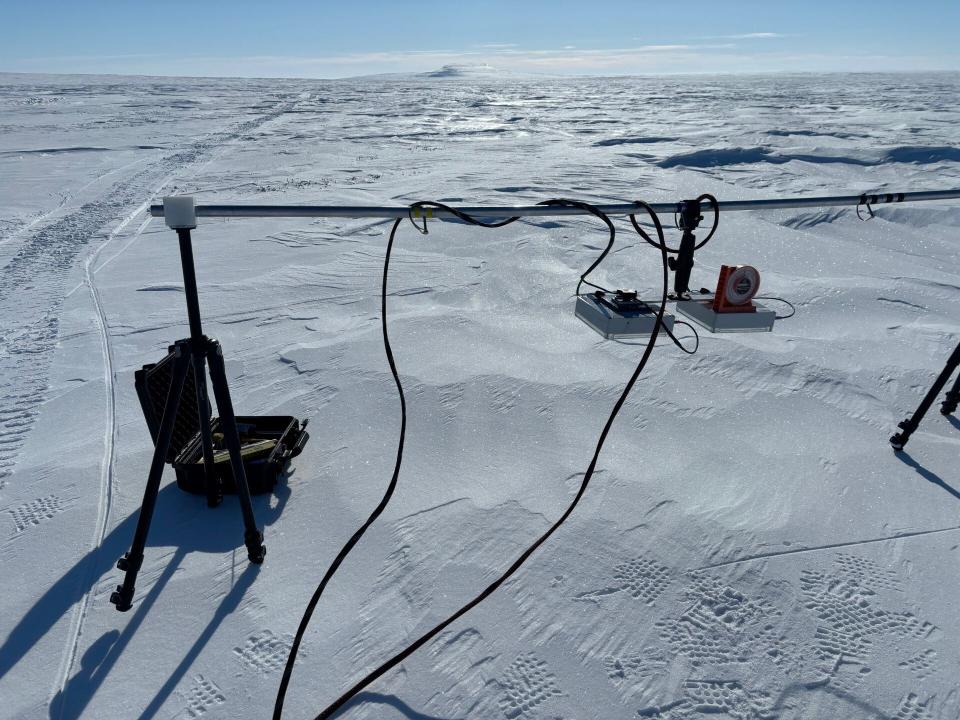
Courtesy of Sherbrooke University: Radar Field Tests with 13.5 + 17.5 GHz Radar
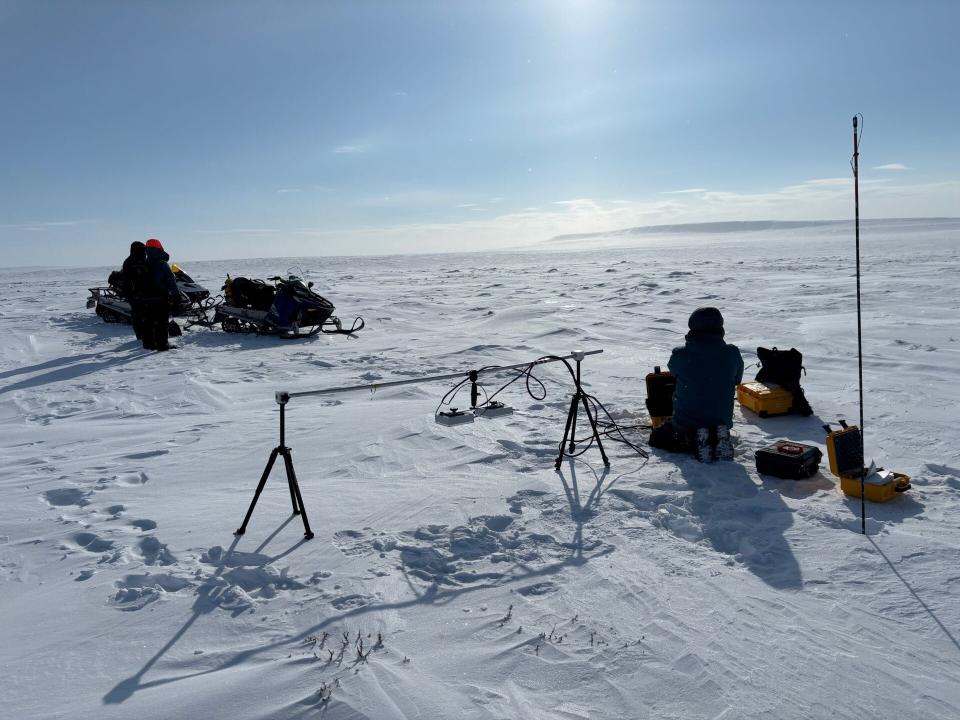
Courtesy of Sherbrooke University: Radar Field Tests with 13.5 + 17.5 GHz Radar
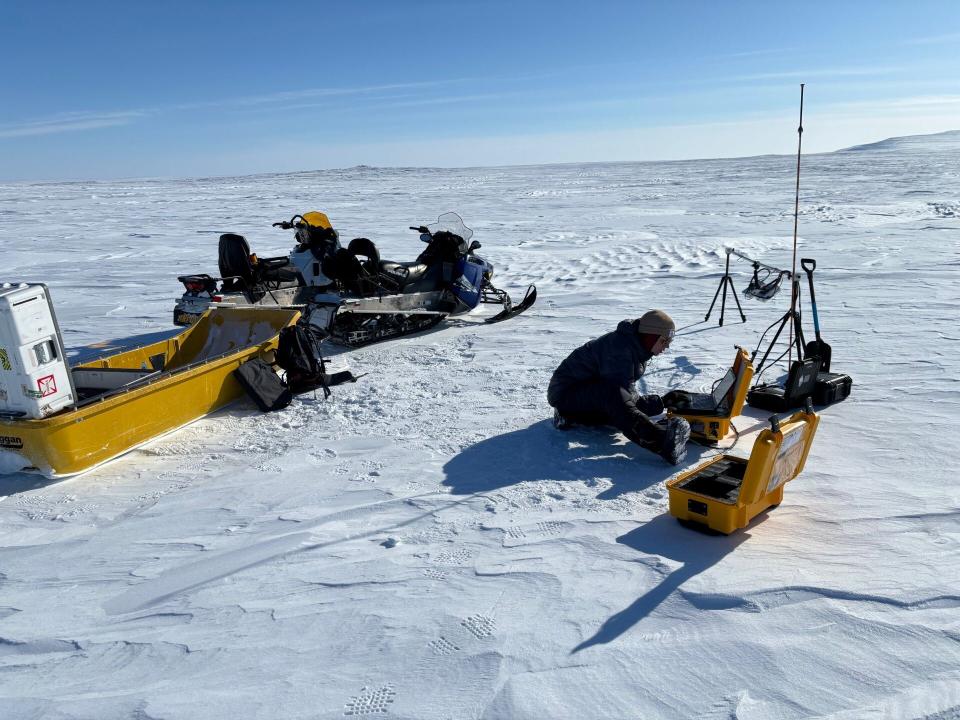
Courtesy of Sherbrooke University: Radar Field Tests with 13.5 + 17.5 GHz Radar
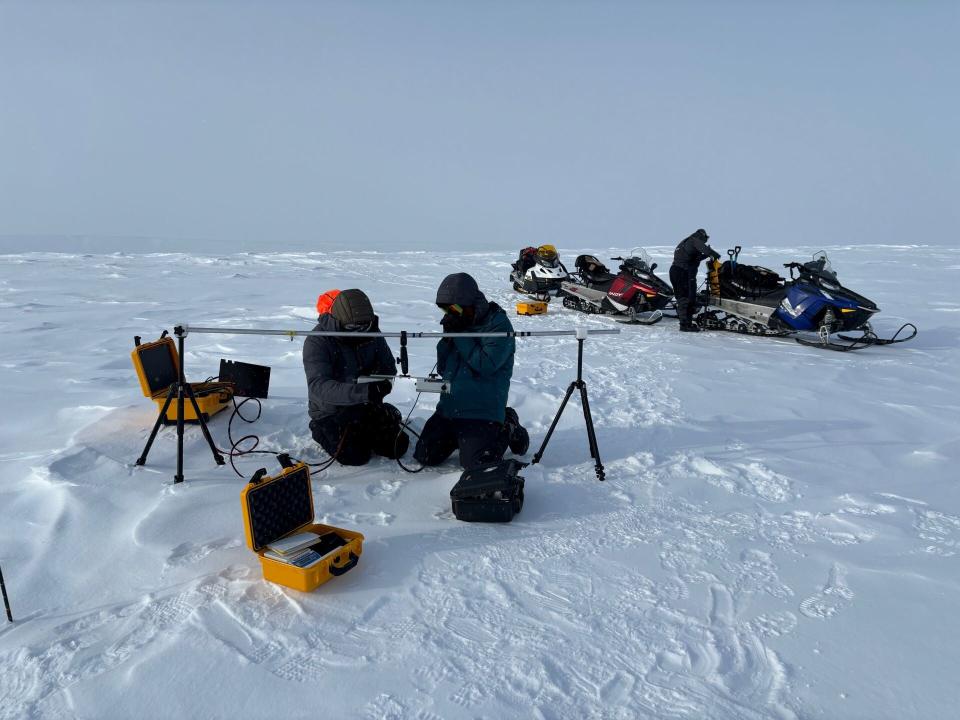
Courtesy of Sherbrooke University: Radar Field Tests with 13.5 + 17.5 GHz Radar
Former Measurement Campaigns with 24 GHz Radar "sR-1200e"
Links to DK-sR-1200e and sR-1200e
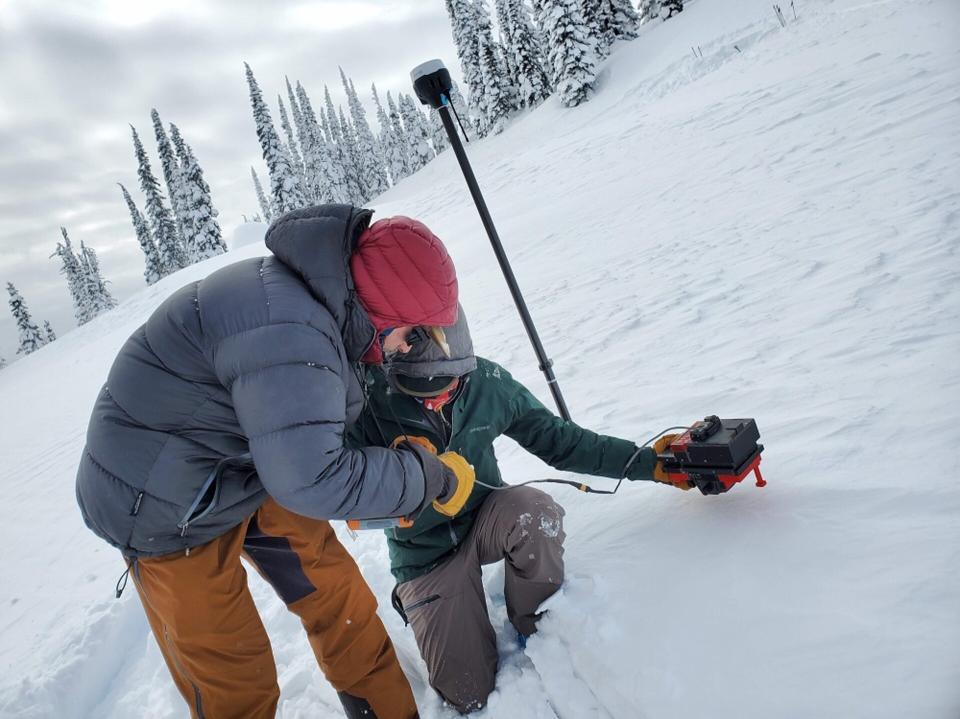
Courtesy of Sherbrooke University: Radar Field Tests with 24 GHz Radar, Feb. 2020
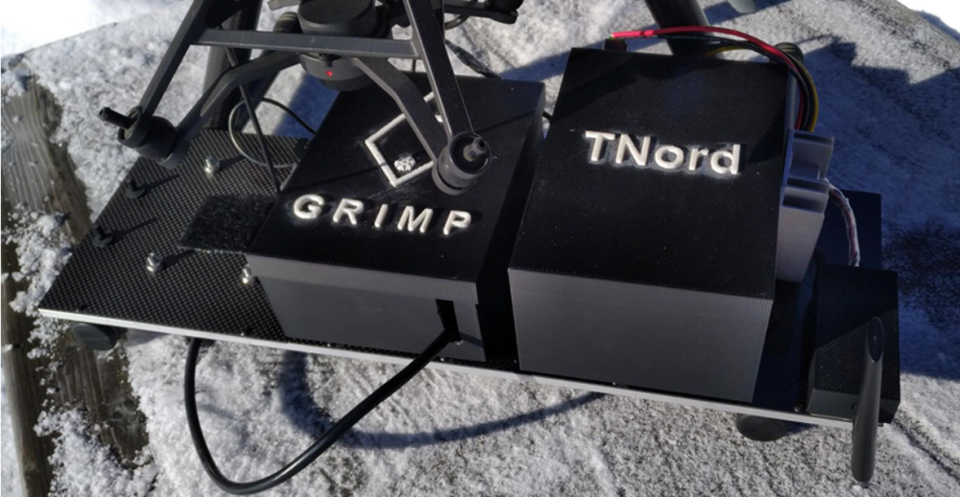
Courtesy of Sherbrooke University: Radar Field Tests with 24 GHz Radar, Dec. 2023
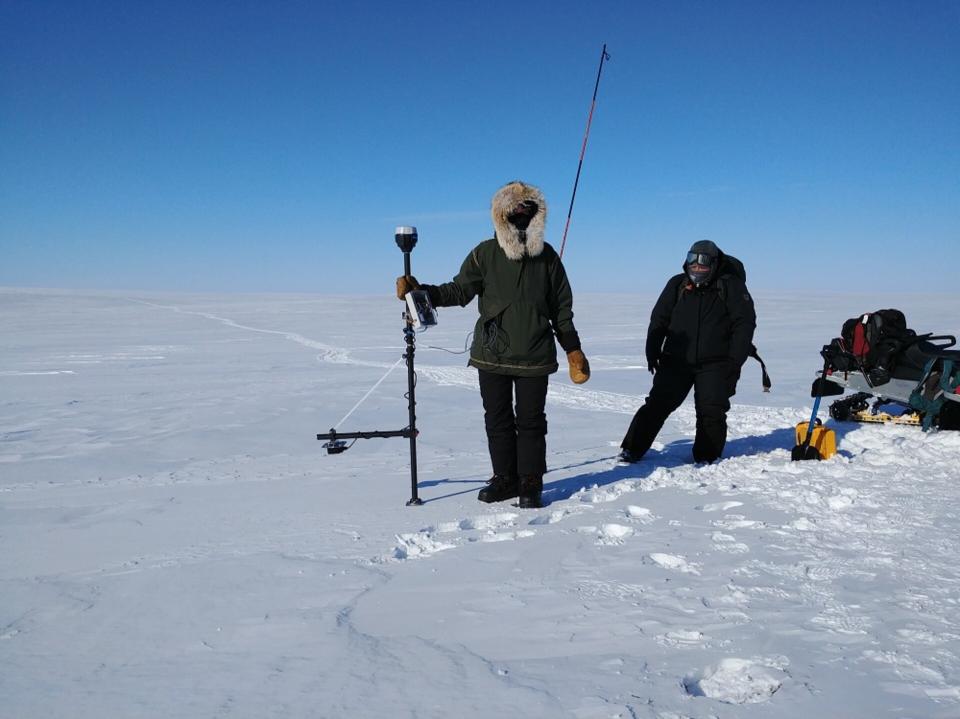
Courtesy of Sherbrooke University: Radar Field Tests with 24 GHz Radar, Apr. 2022
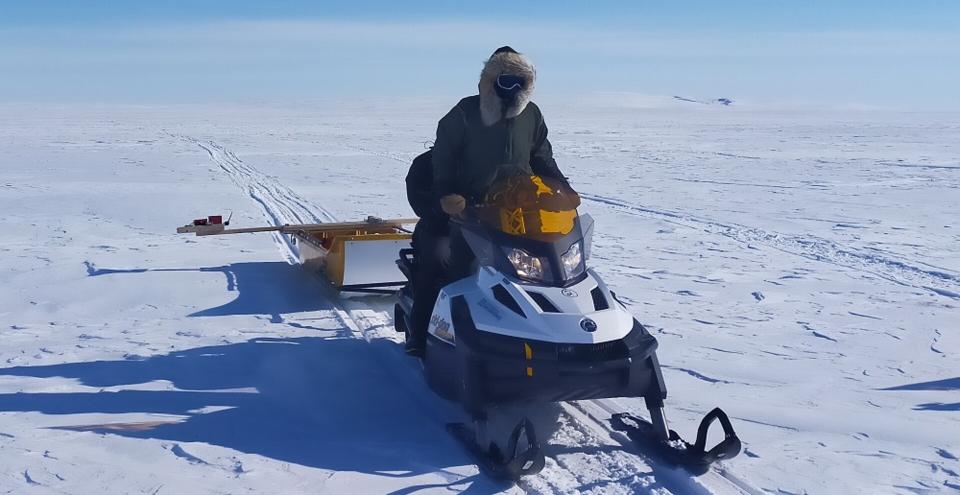
Courtesy of Sherbrooke University: Radar Field Tests with 24 GHz Radar, Apr. 2022
Links to publications and theses related to IMST radars:
https://www.mdpi.com/1424-8220/20/14/3909
https://www.tandfonline.com/doi/full/10.1080/02723646.2021.2008104
https://www.sciencedirect.com/science/article/pii/S0165232X22002026
Links to MSc and PhD theses using IMST radar:
https://savoirs.usherbrooke.ca/handle/11143/14504
https://savoirs.usherbrooke.ca/handle/11143/17848
https://savoirs.usherbrooke.ca/handle/11143/20215
Terrestrial Snow Mass Mission (TSMM):
https://ieeexplore.ieee.org/document/9553496/


